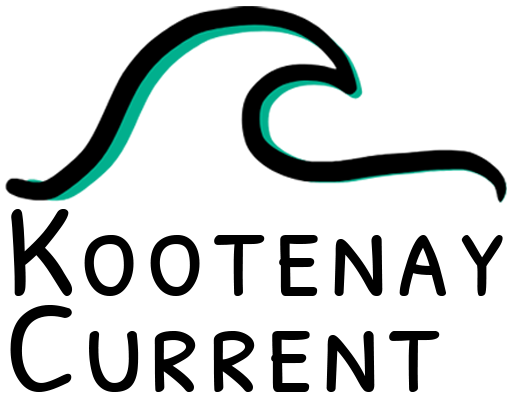Interfor’s chief forester says a 15 per cent reduction in the amount of wood they can cut each year from a Boundary tree farm license came as no surprise.
“It was in line with our expectations based on the analysis we did leading up to the determination,” Stuart Card says.
BC’s chief forester announced last week that the cut on Tree Farm License 8 will be reduced from 186,000 cubic meters per year, as set in 2009, to 158,400 meters.
The new cut “accounts for management measures that address Indigenous interests and the accumulation of unharvested volume” in the license, the province said in a news release.
“One of the key considerations was the work our team did with the Pentiction Indian Band to incorporate their values into forest management,” Card says.
“That accounted for part of the reduction and reflected the work we’ve been doing on the ground with the communities to protect those values. [It was] no real surprise on our end and we don’t expect any impact to our operations as a result.”
By the BC government’s reckoning, TFL 8 overlaps with the territorial boundaries of nine different First Nations bands and groups, but Card says the Pentiction Indian Band was asked to take the lead on the consultation.
“Their values are around things like protecting water, watersheds, and wildlife. Through the process of the timber supply analysis those values were modelled and the impacts were able to be determined and taken into account in the chief forester’s decision,” Card says.
Despite the reduction, he says their Boundary timber supply remains in good shape.
“We may have to purchase a little bit more volume off the open market but we’re quite well positioned. I don’t expect any impacts to our operations.”
TFL 8 encompasses 77,189 hectares across two distinct blocks. The south block is north of Greenwood in the Boundary Creek area, and the north block is within the drainages of Trapping Creek and Carmi Creek north of Beaverdell.
The TFL’s forests are a mix of Douglas fir, larch, lodgepole pine and ponderosa pine at lower and middle elevations, and lodgepole pine, spruce and balsam at higher elevations.
Under the Forest Act, the chief forester must determine the cut in each of the province’s 37 timber supply areas and 34 tree farm licenses at least once every 10 years.
However, the government says following initial consultation with First Nations in 2019, a decision on TFL 8 was postponed to provide Interfor with more time to consult with First Nations and “revise their management plan to better reflect Indigenous interests.”
“For us it’s important that the determination reflect a realistic and sustainable harvest level,” Card says.
“I think this determination achieves that. It reflects what’s happening on the ground and provides for some uncertainties that we really can’t model for like climate change.”




